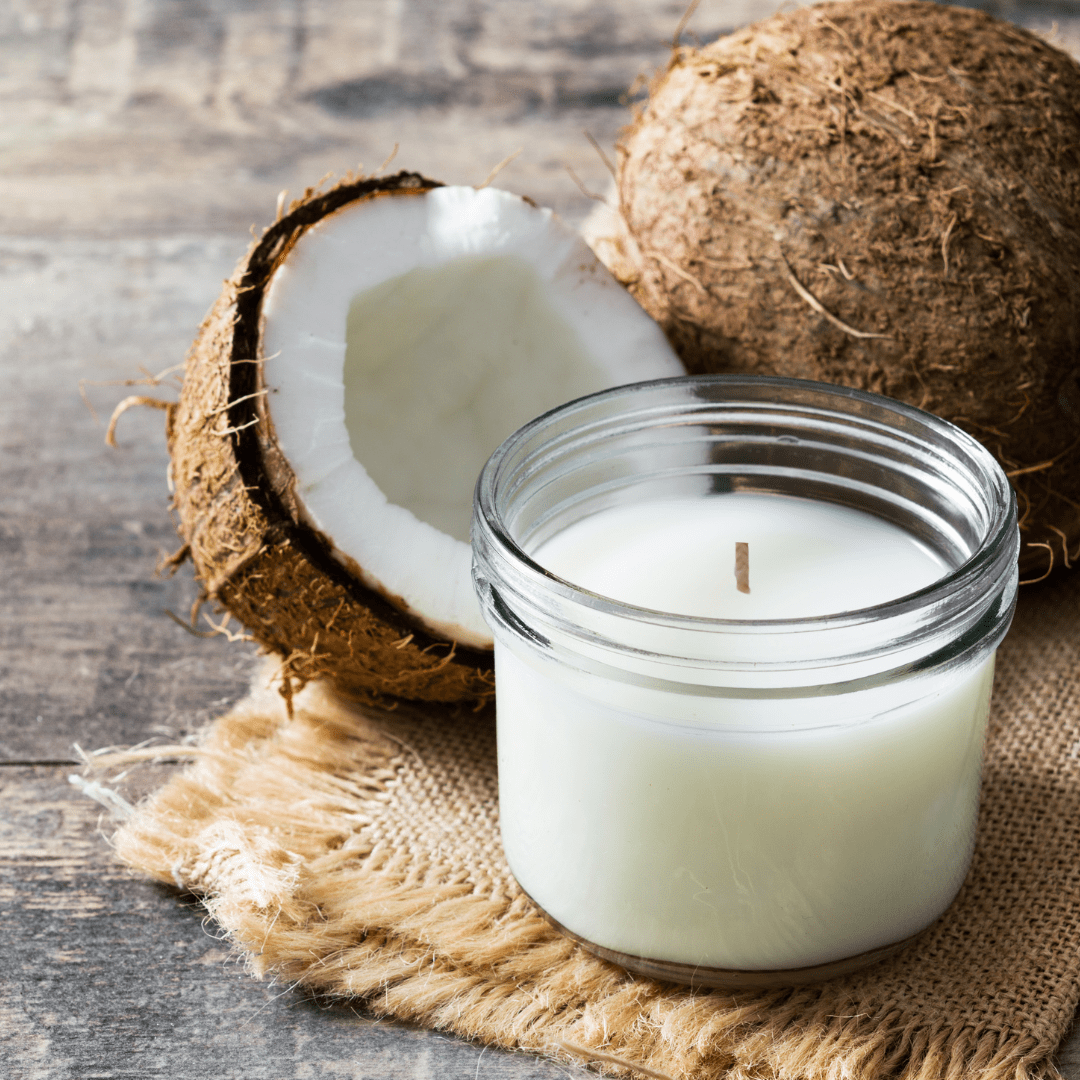From Wick to Wax: Recognizing the Chemistry Behind Soy Wax Candles and Their Environmental Influence
As we brighten our areas with the warm radiance of candles, there lies a realm of detailed chemistry behind the relatively simple act of lighting a soy wax candle. The selection between soy and paraffin wax expands beyond mere looks, delving right into the realm of environmental impact and the really composition of the materials. Recognizing the molecular structure of soy wax and its combustion procedure clarifies the discharges released into our surroundings. Join us as we unravel the clinical ins and outs behind soy wax candle lights and discover their ramifications on our atmosphere.
Soy Wax Vs. Paraffin Wax
When comparing soy wax and paraffin wax for candle production, it is essential to comprehend the distinct features and benefits of each material. Soy wax is a natural, renewable energy acquired from soybean oil, making it environment-friendly and biodegradable - soy candles. In contrast, paraffin wax is a by-product of petroleum refining, which increases problems about its ecological influence and sustainability
Soy wax candles burn cleaner and produce less residue contrasted to paraffin wax candle lights, making them a much healthier option for indoor air high quality. Furthermore, soy wax has a lower melting point, enabling a longer-lasting candle light that disperses scent better. Paraffin wax, on the various other hand, has a tendency to melt faster and much less cleanly, possibly releasing dangerous chemicals right into the air.
From a sustainability point of view, soy wax is preferred for its biodegradability and sustainable sourcing, straightening with the growing consumer preference for ecologically aware items. While paraffin wax has actually been a typical option in candle making because of its price and ease of usage, the change towards eco-friendly alternatives like soy wax is gaining energy in the sector.
Chemical Composition of Soy Wax

Burning Process in Soy Candles
The chemical make-up of soy wax directly affects the burning process in soy candles, influencing factors such as shed time, scent release, and ecological influence. When a soy candle is lit, the heat read here from the flame melts the wax near the wick.
The combustion effectiveness of soy candle lights is influenced by the pureness of the soy wax and the top quality of the wick. A clean-burning soy candle with a properly sized wick will produce a stable fire and reduce residue development. This not only prolongs the burn time of the candle yet also enhances the release of fragrances. In addition, soy wax candles have a reduced ecological influence contrasted to paraffin candles due to their eco-friendly and naturally degradable nature.

Ecological Benefits of Soy Wax

Taken into consideration a sustainable choice to traditional paraffin wax, soy wax uses notable ecological benefits that make it a preferred option amongst eco-conscious consumers. Soy wax burns cleaner and generates much less soot than paraffin wax, contributing to far better indoor air quality and reducing the need for cleaning and upkeep. In general, the ecological benefits of soy wax align with the growing need for eco-friendly and sustainable items in the market.
Recycling and Disposal Factors To Consider
Recycling and correct disposal of soy wax candle lights play a vital role in maintaining ecological sustainability and decreasing waste in communities and homes. When it involves recycling soy wax candles, the initial step is to make sure that the candle light has actually burned totally. This can be achieved by enabling the candle to burn up until the wick is no more useful, and after that allowing the staying wax cool and solidify. Once the wax has actually solidified, it can be very carefully eliminated from the container.

In regards to disposal, if recycling is not a choice, soy wax candle lights are biodegradable and can be safely disposed of in most household waste systems. It is always recommended to examine with local reusing facilities or waste monitoring solutions for details guidelines on candle disposal to ensure proper handling and environmental security.
Final Thought
To conclude, the chemistry behind soy wax candles discloses their environmental advantages over paraffin wax candle lights. Soy wax, derived from soybean oil, burns cleaner and produces less soot when compared to paraffin wax. The burning process in soy candles is a lot more reliable, leading to a longer and much more also burn. Furthermore, soy wax is sustainable check my site and biodegradable, making it an extra sustainable choice for candle light production. Recycling and appropriate disposal of soy wax candles additionally contribute to their environmental effect.
When comparing soy wax and paraffin wax for candle making, it is necessary to comprehend the unique features and benefits of each material (soy wax candles).Soy wax candle lights shed cleaner and discharge less soot compared to paraffin wax candle lights, making them a much healthier choice for interior air top quality.Considered a lasting choice to typical paraffin wax, soy wax provides significant environmental advantages that make it a prominent choice among eco-conscious consumers. Soy wax burns cleaner and creates less soot than paraffin wax, contributing to better interior air quality and reducing the demand for cleaning and upkeep.In verdict, the chemistry behind soy wax candles discloses their environmental advantages over paraffin wax candle lights